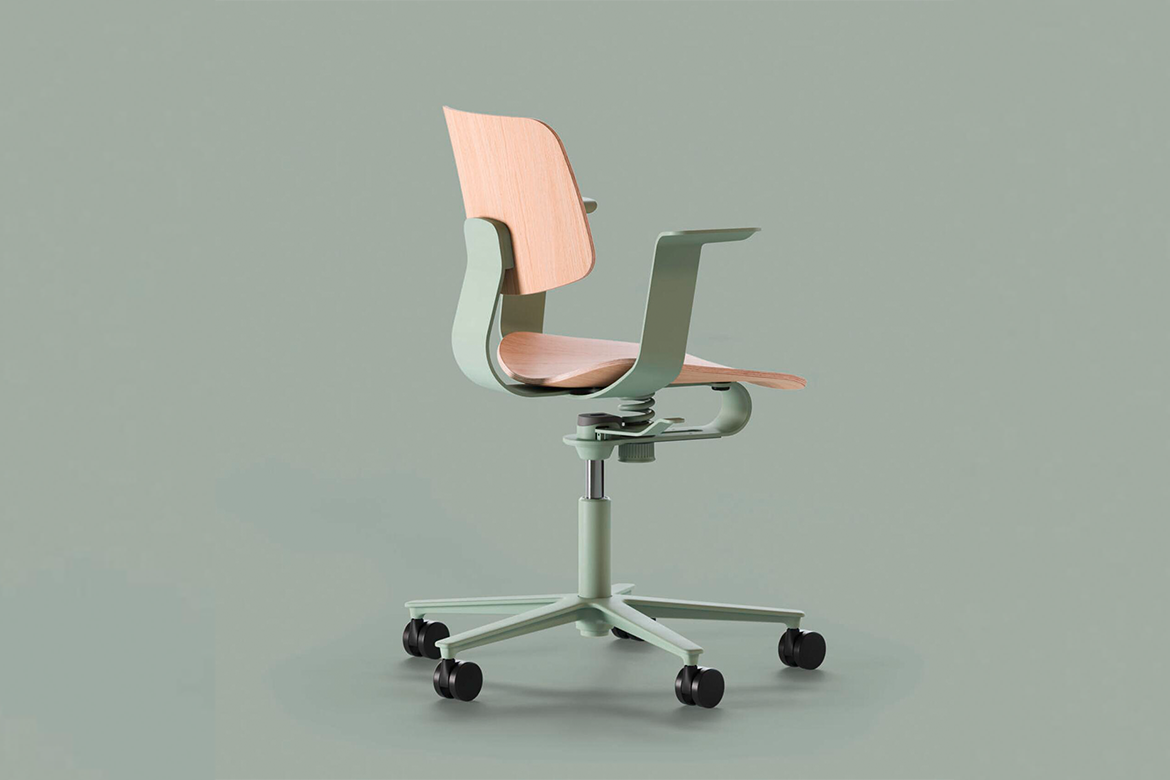Should you merge your design business? It’s a big decision and can come with plenty of pros and cons. Robert Peake shares some of the thinking behind one of your biggest business decisions.

July 18th, 2018
In Australia* there are approximately 10,800 architecture, engineering, planning and related consultant and design businesses*
Of these:
This is just under 10,000 businesses who have a heavy reliance on the principals to bring in the clients, recruit and manage the people, design and deliver projects and control the finances.
Ultimately, it doesn’t leave a lot of headspace, time or capacity to build and grow the practice. It also doesn’t allow much time to deal with success and the increasing risks that result from demanding contract conditions, finding and retaining the right people, lower fees, investment needs, and the changes in an increasingly global economy.
Most architecture, engineering and consultant practices have a desire to develop their businesses and watch their practices prosper. But what’s holding them back from achieving this?
Today, some forward-thinking businesses are considering how they break the mould. As BDP’s alignment with Japanese consultant Nippon Koei in March 2017 demonstrated, size, it seems, does matter.
Merging – the coming together of two businesses and becoming a new business – is an increasing trend worldwide, an approach that Australia is slow to embrace. In our region, we are a long way behind what’s happening in other parts of the world – in particular, Asia and the US. In the past six years alone, approximately 600 architecture and engineering firms have been either sold or merged in the US.
It is clear that the total number of architects, engineers and designers in Australia far exceeds the commercial demand for services. There are too many businesses competing for a diminishing service in an increasingly competitive marketplace.
The number one concern for architectural leaders is the diminution of fees and services – the consequence of high and increasing competition for clients and projects from a myriad of sources. This includes other professions, the construction sector, the impact of technology and the forces of globalisation.
The advantages of merging/combining your business in today’s increasingly competitive and oversupplied marketplace include:
Although it is often overlooked in our industry, one of the greatest strengths of leaders of design businesses is their innate capacity to work with others and collaborate more effectively than most professionals. Add to this the reasons above, and merging becomes a recipe for success!
Our advice is to start with the premise that you should merge your practice – not why you shouldn’t. By merging with like-minded businesses, you will accelerate your path to success and break the innate tendency to incrementally improve the way you do things.
As Nick Schumann, UK Board Member Rider Levett Bucknall and ex Schumann Consult says, “After three and a half successful years developing and growing SCL we have now merged with Rider Levett Bucknall, a global multi-service line consultancy, which will provide further opportunities for success. In my experience, a merger gives a better chance of having a long-term influence and continuing business as usual.”
Architecture, engineering and consulting businesses, in particular, are different from most in that each has a clear identity, a distinctive design proposition and unique culture. Merging with another company and maintaining that uniqueness is ultimately seen to be especially difficult to overcome.
Below are a few of the primary reasons against a merger that we hear from our clients at Management for Design:
Let’s look at some of these reasons in more detail.
‘Control’ is a crucial factor for the sense of satisfaction and accomplishment that leaders achieve from running their own practice and producing their own work. The ability to influence your own environment and change what you don’t like is critical to the sense of satisfaction an owner gets from their work. Unfortunately, when you are part of a team you surrender some of that control in exchange for the resources and support of your team.
If you are insistent on not having to argue your decisions and explain your reasons every step of the way then you will hold your business at its present level. You can’t expect your business to grow. If it does, and you are holding onto control, then you are embedding yourself in a job and not building your business as a result.
More often than not, design business leaders are engaged in the here and now – the current and next project; the current and next client etc. Yet, at the same time, they bemoan the fees they are receiving for their services, the lack of business acumen and project management expertise in their businesses and wonder why they’re not attracting and retaining great people.
The ability to step away from the here and now is typically not innate to firm leaders – “there is too much to do!” As a business leader, this is your challenge – more notably, your obligation – to your clients and people. They are looking for you to discover and implement innovative ways of working, designing, collaborating, more exciting work and more opportunities.
Simply put, there isn’t a great deal of merger and acquisition expertise readily available in Australia in the architecture, engineering and consulting sector. Partners that have expertise and specialism in these businesses are few and far between in our region, primarily because of the low level of activity. Having said this, they are out there.
45 per cent of architecture and design businesses that have conducted a merger in the past five years identified finding quality partners to be their biggest challenge (PSMJ 2016 M&A Study). Sifting out the businesses with tarnished brands, poor strategic alignment and ineffective systems, it is evident that people issues are a huge challenge. Not only that, finding a business that shares common aspirations, cultural values and is a fit financially makes it even more difficult.
Having said this, be assured, there are myriad businesses that should merge or be absorbed by more developed businesses – you just need to put in the work to find them.
More on mergers in part two.
Rob Peake is the founder of Management for Design, a company that works exclusively with the architecture, engineering and design industry. Robert has over 30 years of experience and brings expertise in strategic direction, financial and business management, systems, operations and performance. You can read all of Rob’s articles here.
INDESIGN is on instagram
Follow @indesignlive
A searchable and comprehensive guide for specifying leading products and their suppliers
Keep up to date with the latest and greatest from our industry BFF's!

From the spark of an idea on the page to the launch of new pieces in a showroom is a journey every aspiring industrial and furnishing designer imagines making.

Merging two hotel identities in one landmark development, Hotel Indigo and Holiday Inn Little Collins capture the spirit of Melbourne through Buchan’s narrative-driven design – elevated by GROHE’s signature craftsmanship.

In an industry where design intent is often diluted by value management and procurement pressures, Klaro Industrial Design positions manufacturing as a creative ally – allowing commercial interior designers to deliver unique pieces aligned to the project’s original vision.

CO-architecture’s program is offering architecture and design professionals a new way to launch and grow practices with business support.

Featuring prominent Sydney designers and hosted by Royal Oak Floors, this panel event will ask: What does it take to build a practice that’s distinctive and unmistakably yours?
The internet never sleeps! Here's the stuff you might have missed

At the Munarra Centre for Regional Excellence on Yorta Yorta Country in Victoria, ARM Architecture and Milliken use PrintWorks™ technology to translate First Nations narratives into a layered, community-led floorscape.

True sustainability doesn’t have to be complicated. As Wilkhahn demonstrate with their newest commercial furniture range.